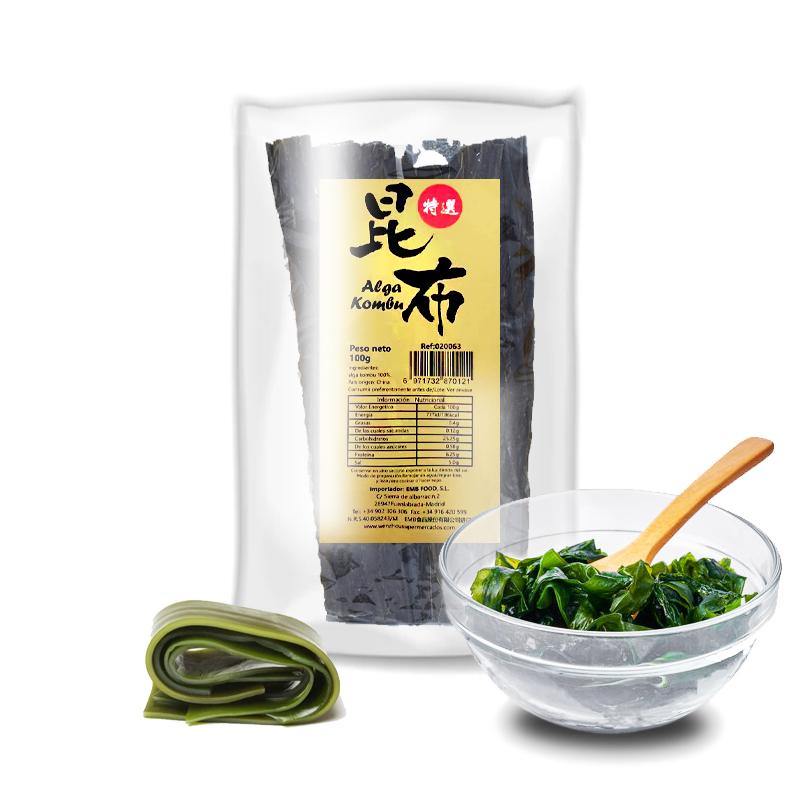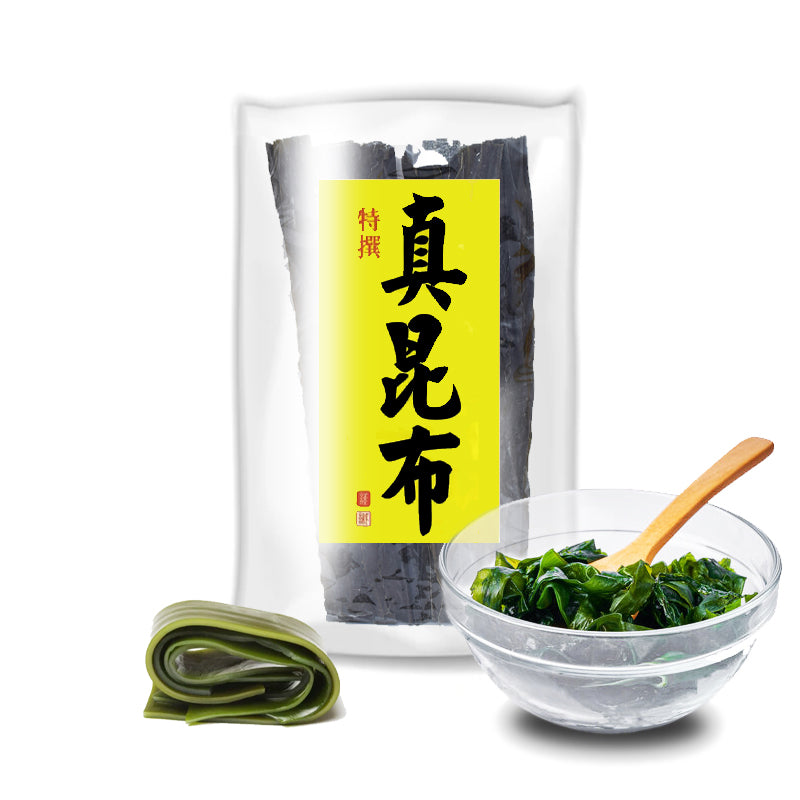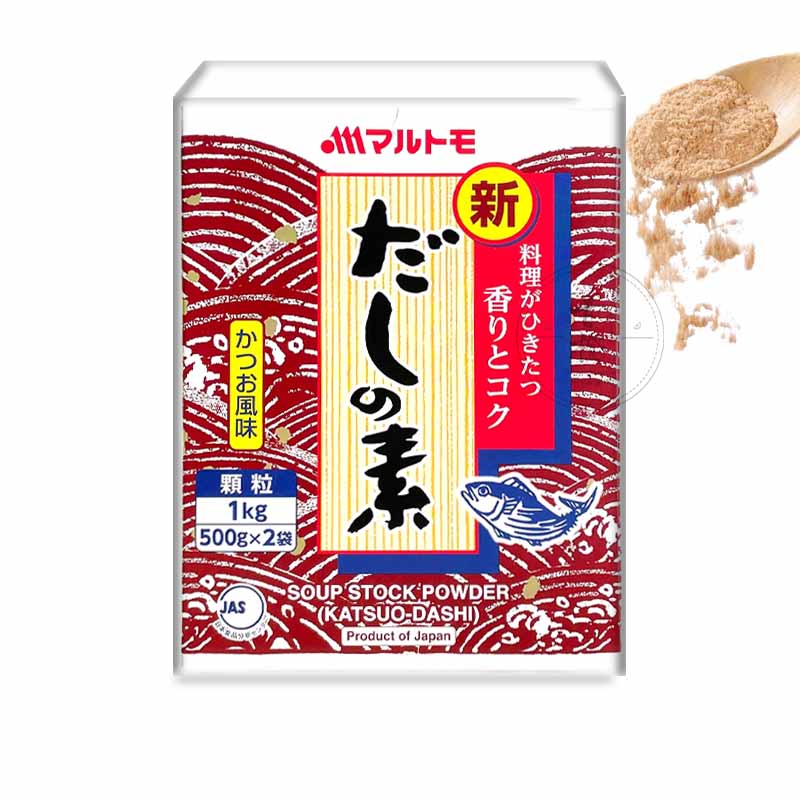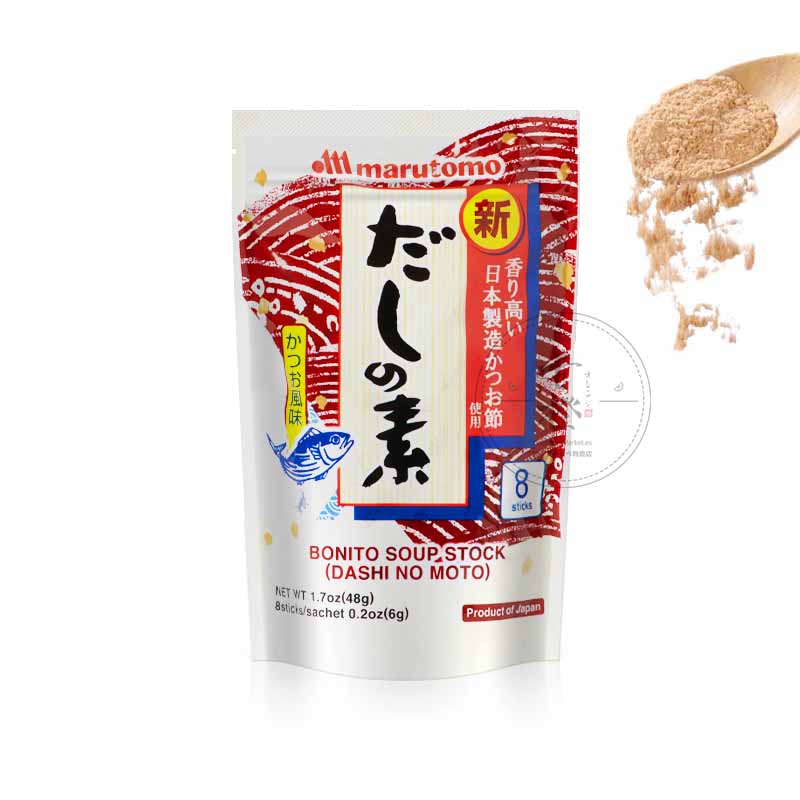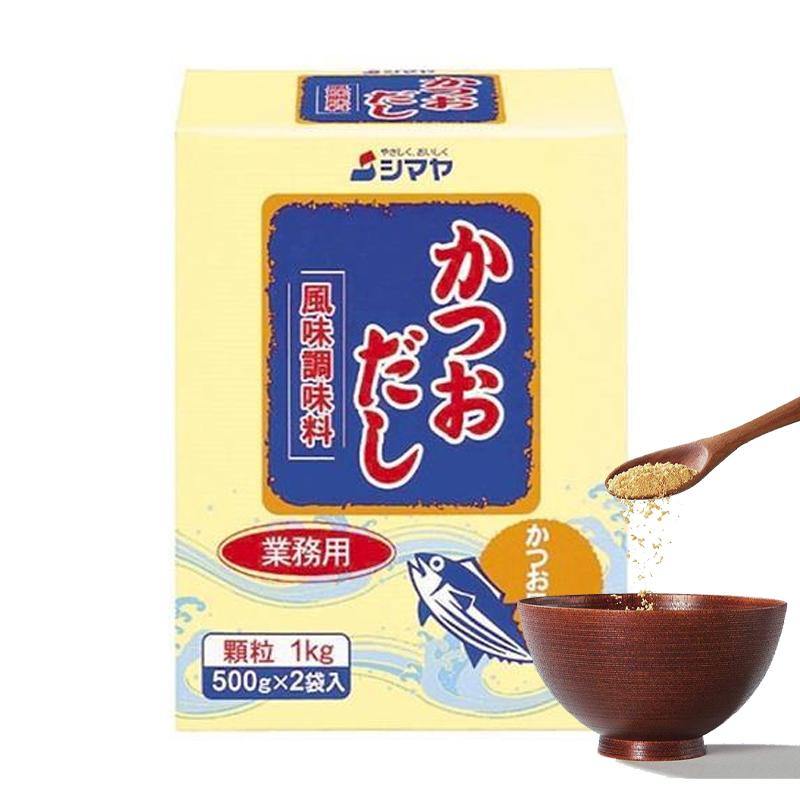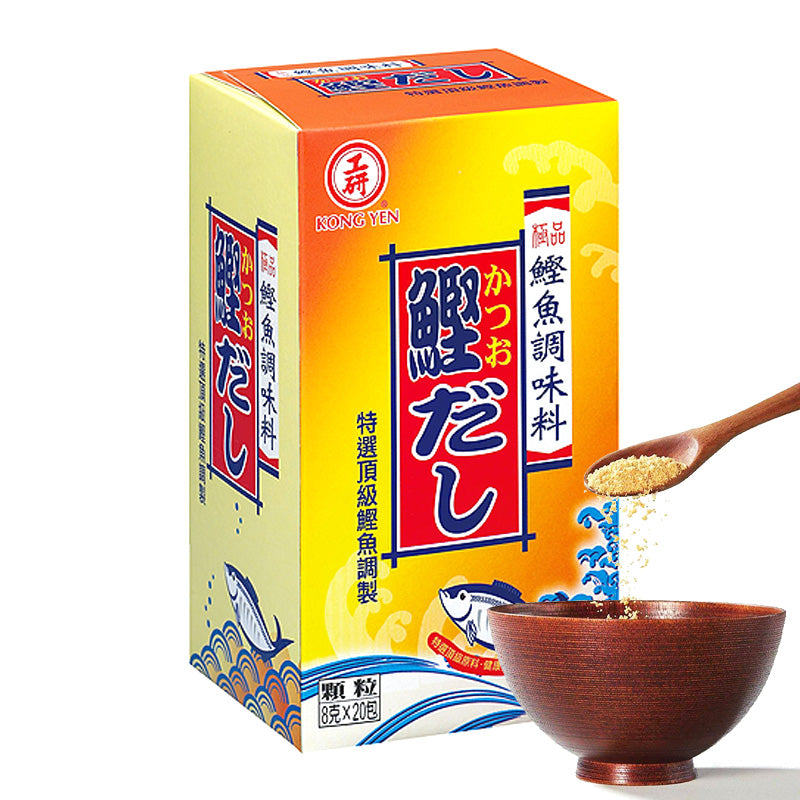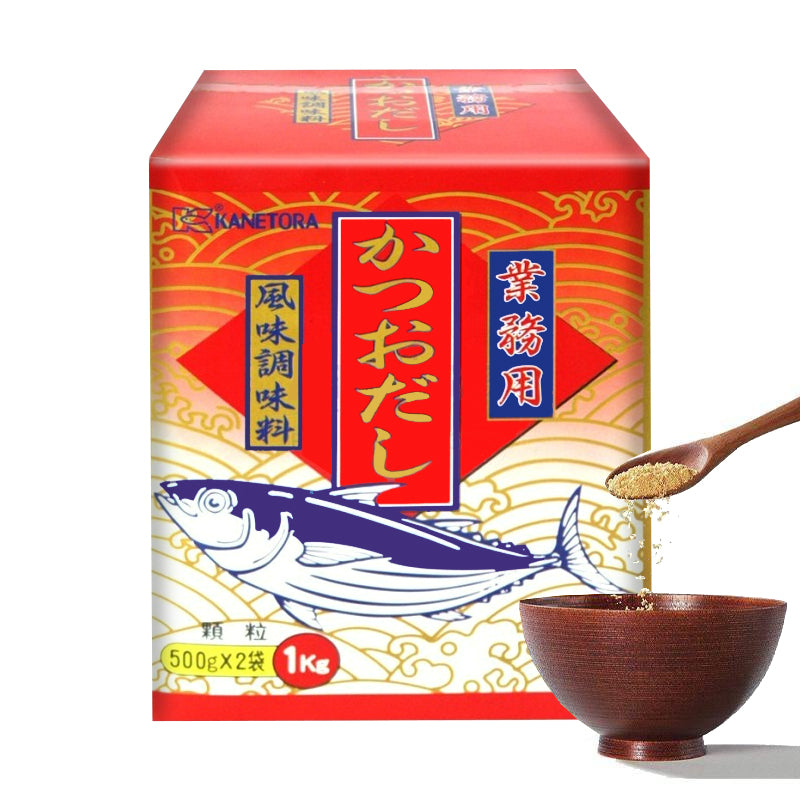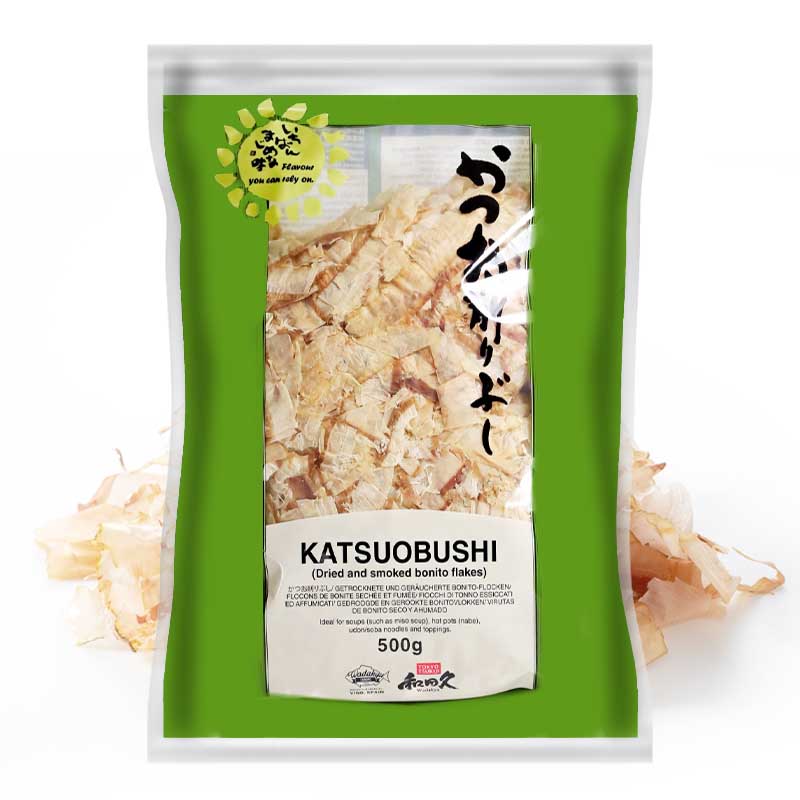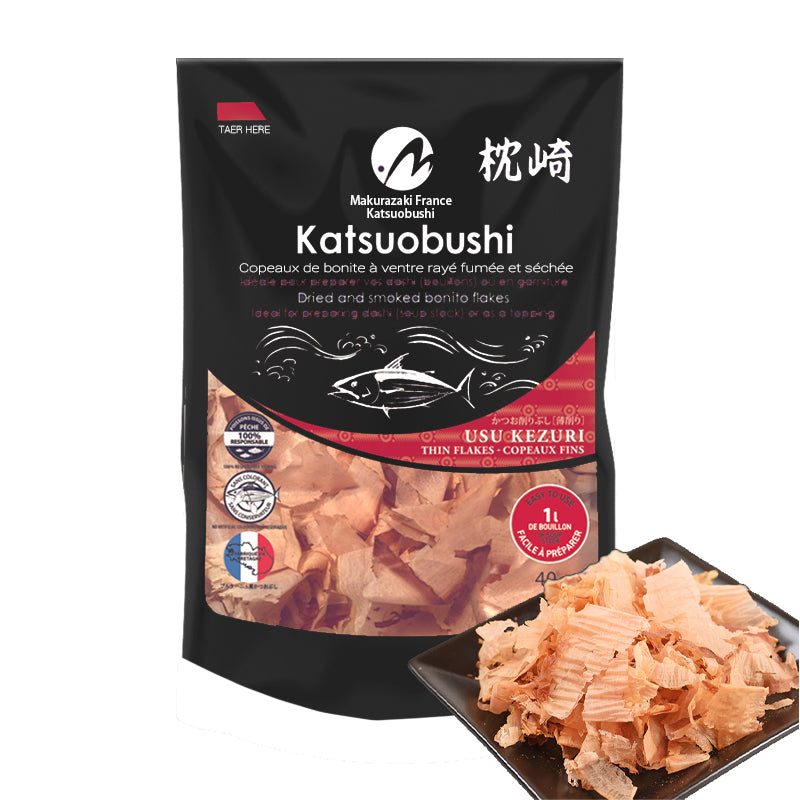Dashi
What it is, types and uses
As a base for many meals in Japanese cuisine , the rich flavors of dashi are present throughout Japanese cuisine. And for good reason: the strong, umami-filled broth helps create a unique and delicious base flavor for foods and pairs well with other core Japanese flavors. Dashi has become a fundamental aspect of Japanese cuisine. However, there are many types of dashi broth that can be used in a variety of ways. Here we'll review some of the main types, the common ways they are used, and how to best use them yourself.
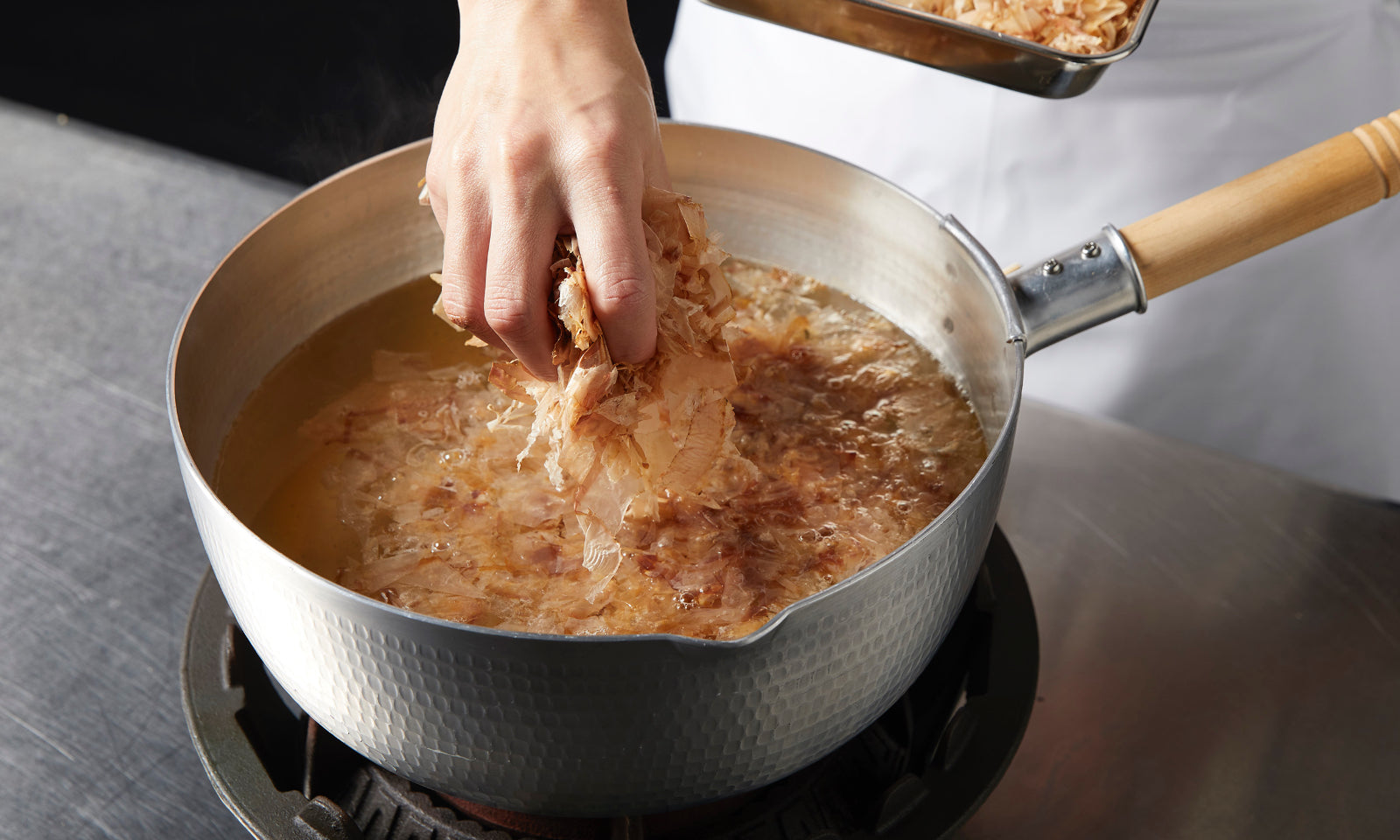
What is Dashi?
First of all, you may be wondering what dashi is and how it plays such an integral role in Japanese cuisine. It is a type of broth that forms the base of many standard Japanese foods, such as miso soup. It can be made from a variety of ingredients, but all dashi has a strong, savory flavor that is key in Japanese soups, noodle dishes, hotpot-style dishes, and more. It often looks quite watery, but don't be fooled; It is full of flavor.
Types of Japanese Dashi
To fully understand dashi, it is important to explore the various types. The different types vary depending on the main ingredient used to make them. These can be divided into awase (combined), kombu , shiitake or iriko dashi .
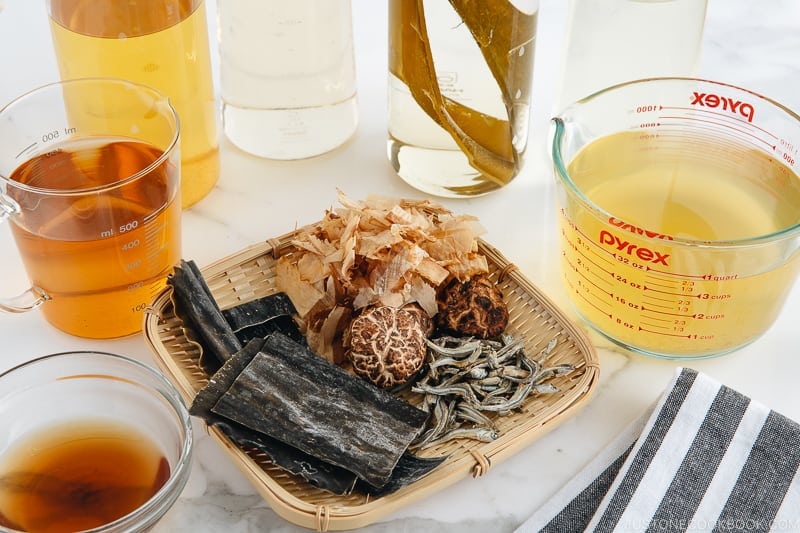
Awase (combined) dashi uses both kombu (Japanese seaweed) and katsuobushi, or dried bonito flakes, to create a unique and complex flavor. Katsuobushi is a type of dried fish flakes commonly used in Japanese cuisine. It is made by first creating a kombu broth using the hot method, and then adding the katsuobushi when the kombu is removed. The katsuobushi should be kept in the broth while it boils and then left to sit until it absorbs the water and sinks. Then, it must be strained to remove the flakes. Awase dashi is the most common type of dashi in modern cuisine and is usually the first variety that comes to mind.
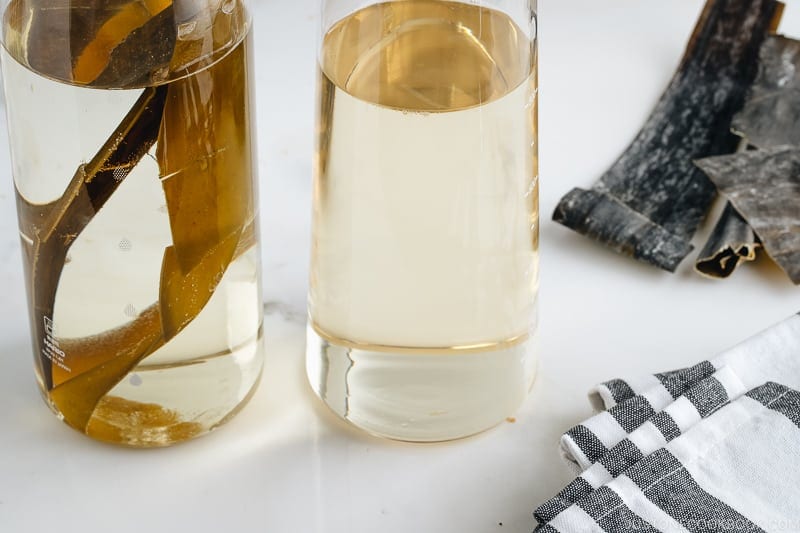
Dashi kombu is one of the oldest and most traditional styles of dashi. It's a simple style based on just two ingredients: kombu and spring water. Kombu is a type of seaweed and is a popular ingredient in Japanese cuisine. There are two ways to make dashi kombu: hot (nidashi) and cold (mizudashi). Mizudashi is made by soaking kombu in water overnight in the refrigerator. The shorter method, nidashi, involves soaking the kombu in cold water for a few hours or slowly heating the water and removing the kombu just before it boils.
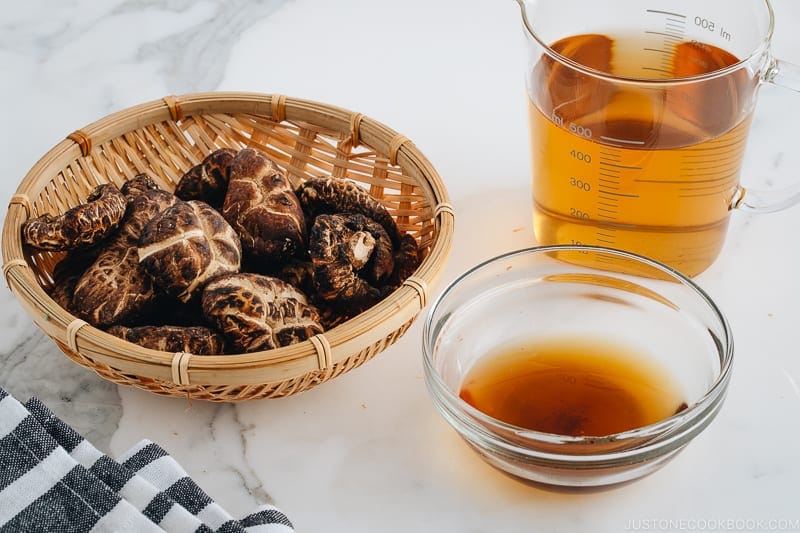
Shiitake dashi uses dried shiitake mushrooms as the base ingredient. Dried mushrooms have a stronger, more concentrated flavor than fresh mushrooms. It can be made using techniques similar to dashi kombu, and are sometimes combined. Both are great vegan/vegetarian options.
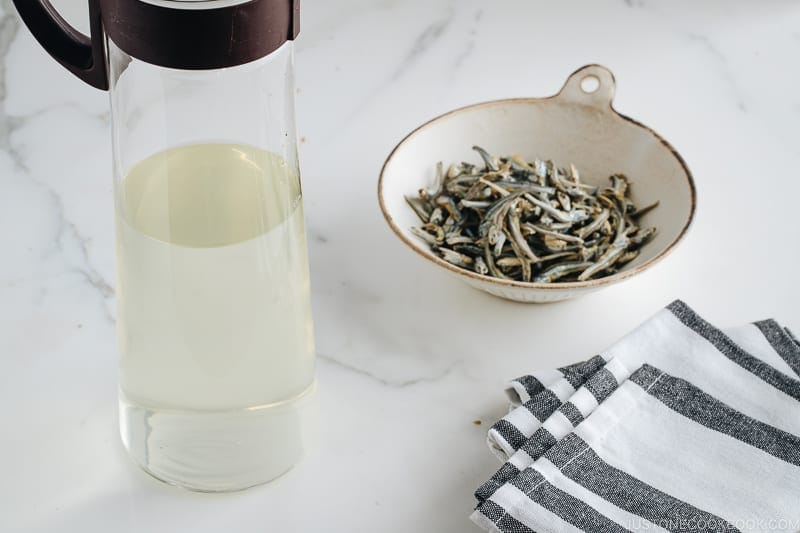
Finally, there is dashi iriko , also known as dashi niboshi. Dashi iriko is made from niboshi, which are dried baby anchovies and sardines. The method for making dashi iriko involves boiling dried sardines and anchovies until the broth gives off a fishy aroma. This broth is excellent for dishes based on seafood and other meats.
Awase (combined) dashi uses both kombu (Japanese seaweed) and katsuobushi, or dried bonito flakes, to create a unique and complex flavor. Katsuobushi is a type of dried fish flakes commonly used in Japanese cuisine. It is made by first creating a kombu broth using the hot method, and then adding the katsuobushi when the kombu is removed. The katsuobushi should be kept in the broth while it boils and then left to sit until it absorbs the water and sinks. Then, it must be strained to remove the flakes. Awase dashi is the most common type of dashi in modern cuisine and is usually the first variety that comes to mind.
Dashi kombu is one of the oldest and most traditional styles of dashi. It's a simple style based on just two ingredients: kombu and spring water. Kombu is a type of seaweed and is a popular ingredient in Japanese cuisine. There are two ways to make dashi kombu: hot (nidashi) and cold (mizudashi). Mizudashi is made by soaking kombu in water overnight in the refrigerator. The shorter method, nidashi, involves soaking the kombu in cold water for a few hours or slowly heating the water and removing the kombu just before it boils.
Shiitake dashi uses dried shiitake mushrooms as the base ingredient. Dried mushrooms have a stronger, more concentrated flavor than fresh mushrooms. It can be made using techniques similar to dashi kombu, and are sometimes combined. Both are great vegan/vegetarian options.
Finally, there is dashi iriko , also known as dashi niboshi. Dashi iriko is made from niboshi, which are dried baby anchovies and sardines. The method for making dashi iriko involves boiling dried sardines and anchovies until the broth gives off a fishy aroma. This broth is excellent for dishes based on seafood and other meats.




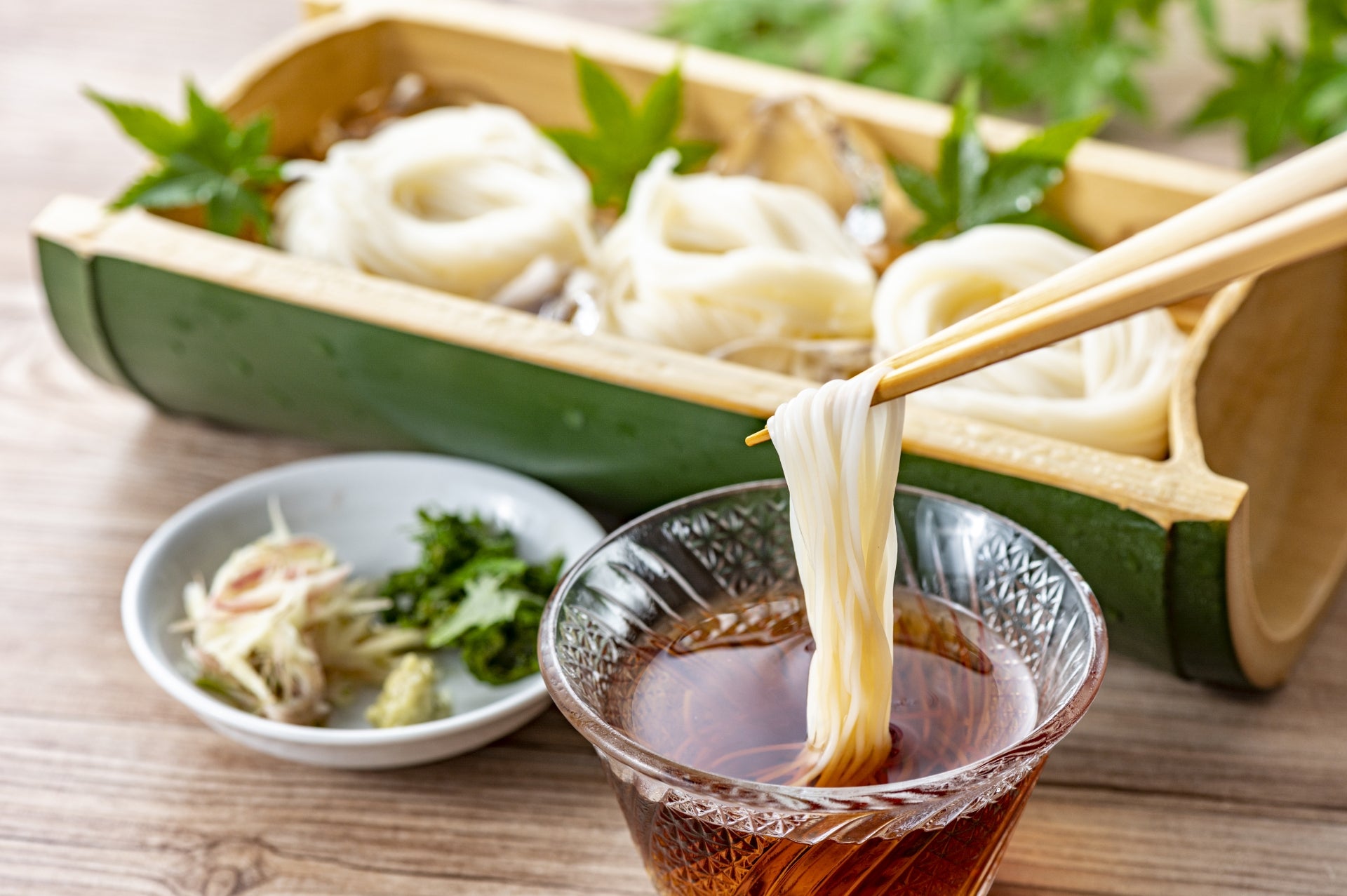
What is White Dashi and how is it different?
If you are interested in Japanese cuisine, you may have also heard of shirodashi or white dashi. White dashi is slightly different from the original traditional dashi. It is more complex in its ingredients and cooking method and is often used in different ways.
Shirodashi is usually made with a dashi base but has other ingredients such as mirin, light soy sauce and sugar added. It does not alter the color of a dish when used and is therefore popular on light colored dishes or foods where color is considered important. These include foods like tamagoyaki (rolled omelette), chawanmushi (steamed egg custard), and udon noodles.
How to use Dashi
Dashi can be used in a variety of ways in Japanese cuisine. As it is commonly considered a soup broth, it is used in almost all Japanese soups and liquid-based dishes, including oden, udon, soba, ramen, stews (nimono), shabu-shabu, and several others.
However, it can also be mixed with flour to create a base for more solid foods, such as okonomiyaki and omelettes. If used sparingly and mixed with the right ingredients, it can create a base for dipping sauces or cooking vegetables. One of the most common ways you'll see dashi used is in miso soup, the ubiquitous accompaniment to almost every meal in Japanese cuisine.
How to store it
・Do not store at room temperature
Storing freshly made dashi broth at room temperature is inadvisable . Dashi broth is an ingredient that spoils easily. Especially during periods of high temperatures, such as in the summer, it is important to refrigerate or freeze dashi broth once it has cooled after cooking .
・Avoid adding more and storing
You should avoid adding more freshly made dashi broth to what you have already stored . This can result in a loss of flavor and cause spoilage.
Refrigerator storage method for dashi broth
If you can consume the dashi broth within a few days, it is recommended to store it in the refrigerator.
Steps:
- Let the freshly made dashi broth cool .
- Place in an airtight container and store in the refrigerator .
Freezer storage method of dashi broth
If you've made a large batch of dashi broth and want to store it longer, or if you want to use small amounts of dashi broth for foods like baby foods, freezing the broth in an ice tray may be convenient .
Items needed:
- dashi broth
- Airtight container or ice trays
- metal tray
Steps:
- Once the dashi broth has cooled, place it in an airtight container .
- Placing on a metal tray will help freeze quickly and retain flavor better . The storage period is about 1 month.
Defrosting method
The day before using the dashi broth, transfer it to the refrigerator to thaw . If you need to defrost it quickly, you can do so under running water or in the microwave.
Storage period
It is ideal to consume it in 2-3 days.
To buy
Blog
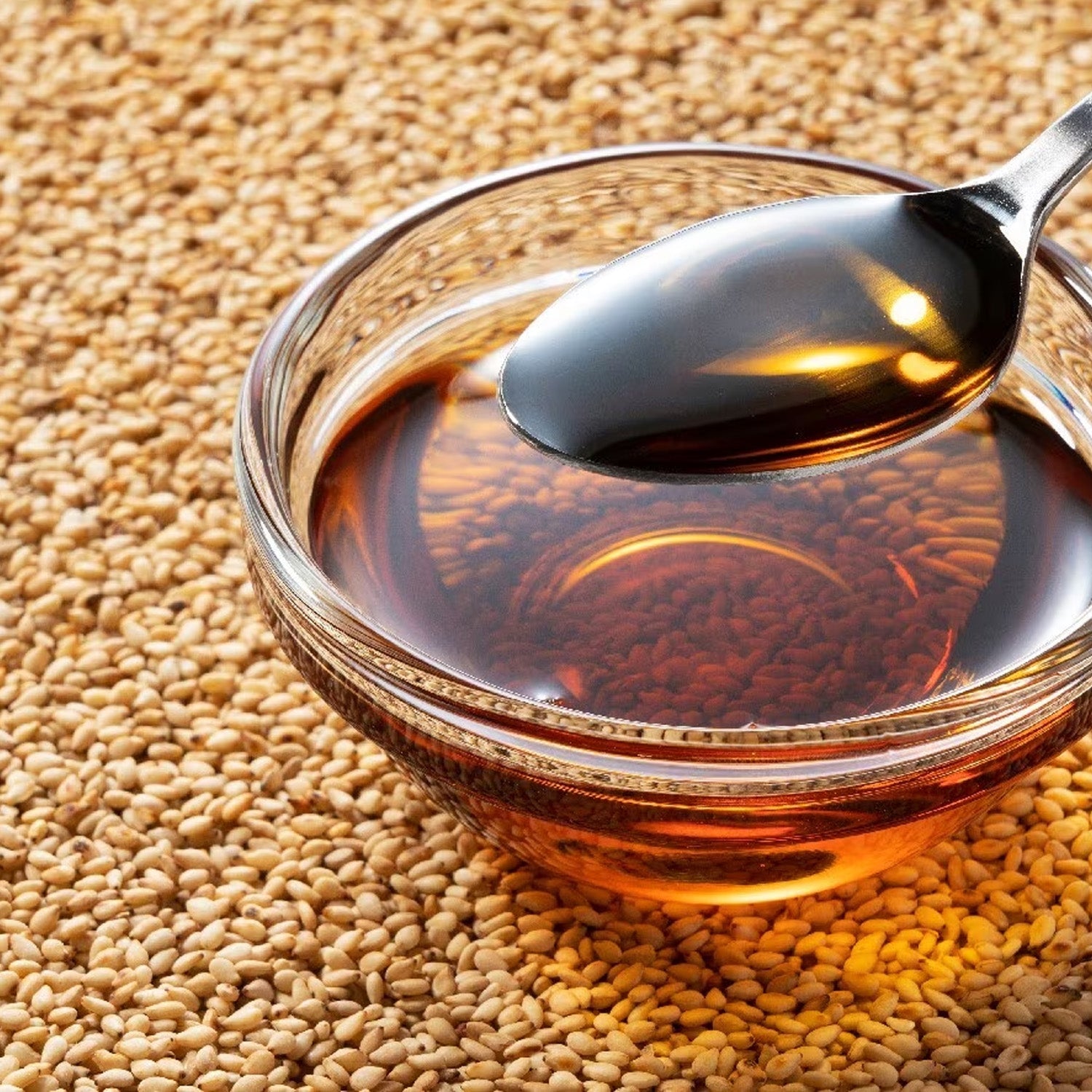
Benefits of Sesame Oil: Health and Cooking at its Best
The numerous benefits and uses of sesame oil in cooking, personal care and health. Learn how to take advantage of its antioxidant and anti-inflammatory properties.
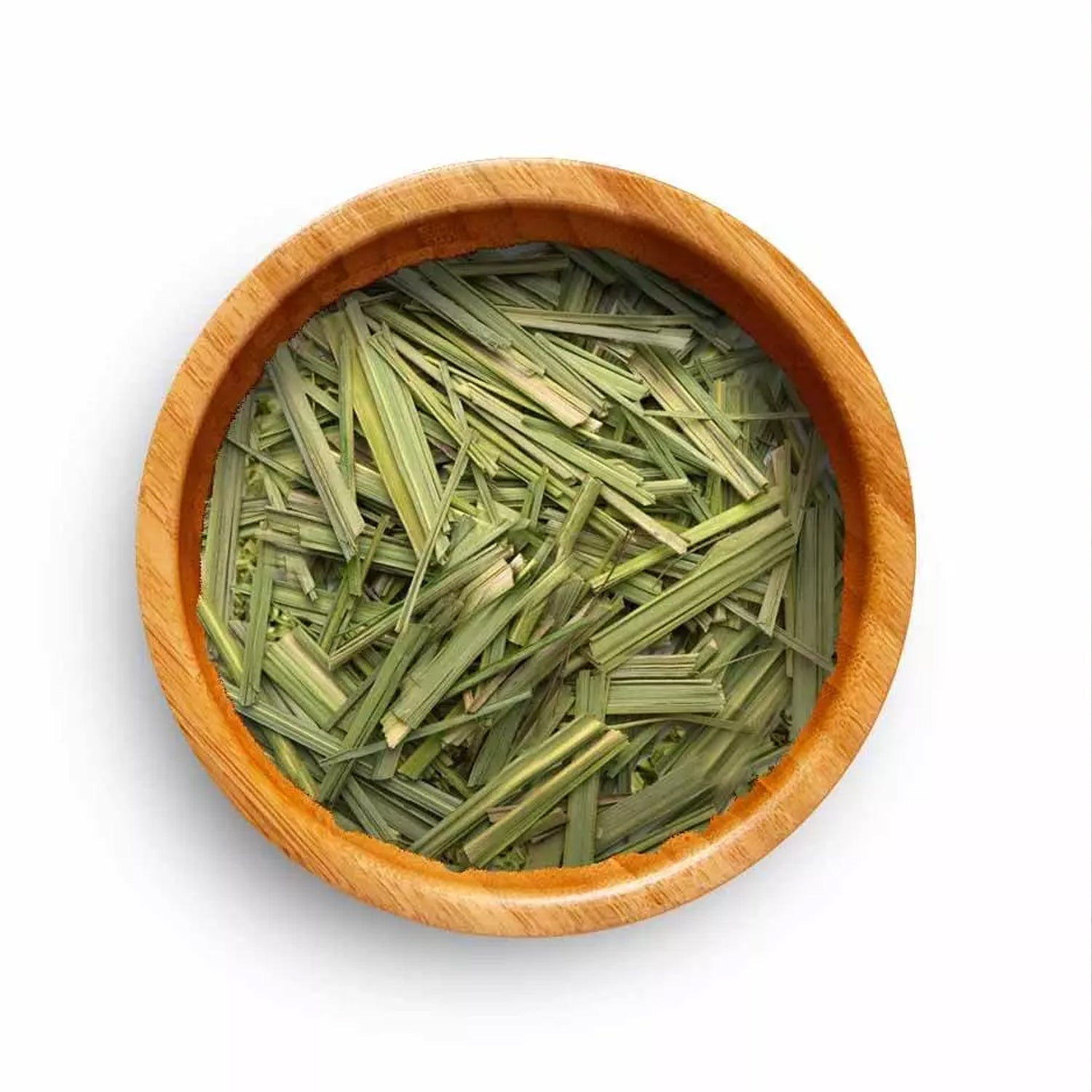
Benefits of Lemon Grass: Culinary and Medicinal Uses
Lemon Grass can transform your favorite dishes and improve your health. Learn about its culinary uses, medicinal benefits, and featured recipes to incorporate this versatile plant into your daily l...
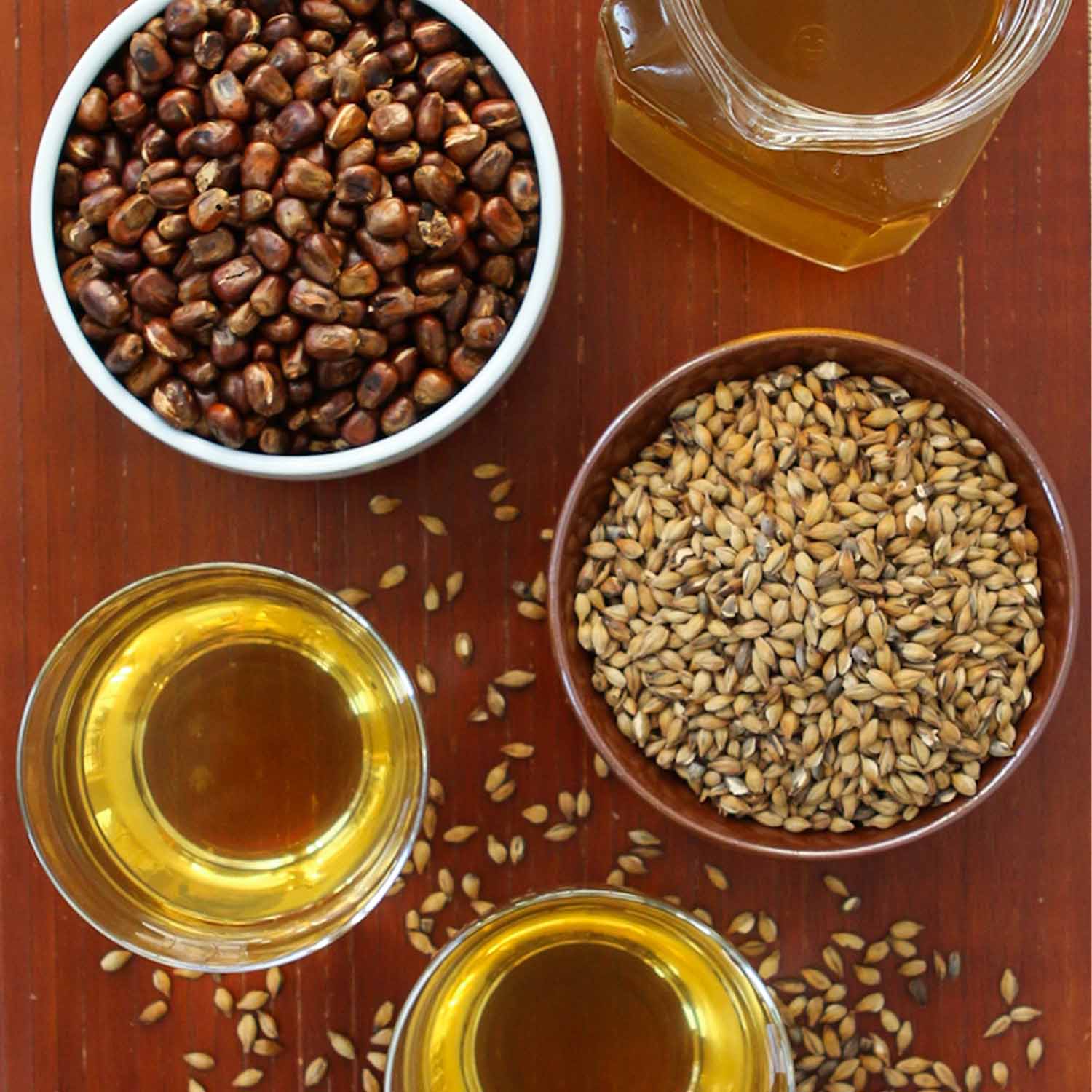
Korean Barley Tea: Tradition and Health in Every Cup
Korean barley tea, known as bori-cha. Learn about its origin, health benefits and how to prepare it at home. A caffeine-free drink rich in antioxidants. Discover the tradition and benefits of this ...
Contact Us to Learn More about Dashi 🍲
Do you have questions or need more information about the wonderful world of Dashi broth? We are here to help you! Complete the contact form and one of our Dashi experts will contact you.



